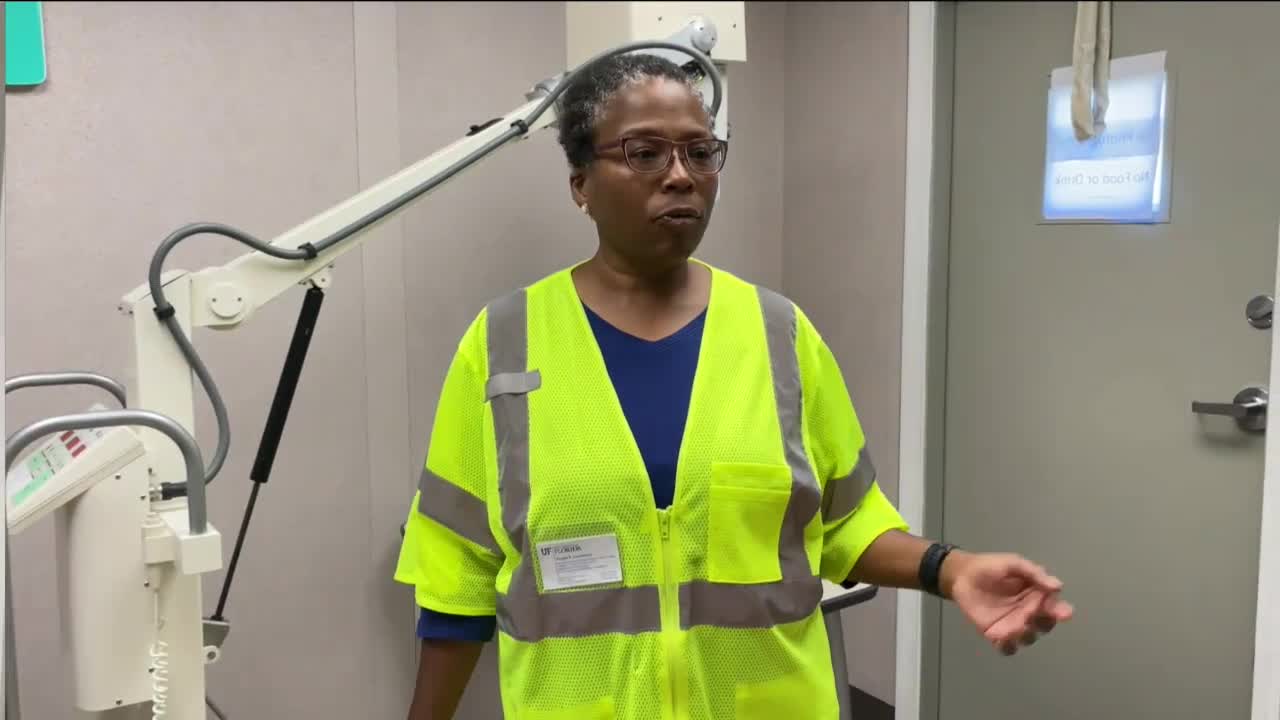Inside the Tulsa Race Massacre Investigation Lab
July 23, 2024 | Board of Adjustment Meetings, Tulsa, Tulsa County, Oklahoma

This article was created by AI summarizing key points discussed. AI makes mistakes, so for full details and context, please refer to the video of the full meeting. Please report any errors so we can fix them. Report an error »

In a recent government meeting, officials provided an in-depth overview of the ongoing investigation into the Tulsa Race Massacre, specifically focusing on the osteology lab's operations. The lab utilizes advanced radiography techniques to analyze remains recovered from the Oak Lawn excavation site. The process involves using a CR scanner system to create digital images of the remains, allowing analysts to identify features related to the cause of death, such as bullets and other artifacts.
The team has discovered various items during their analysis, including safety pins, buttons, and nails, which contribute to understanding the burial practices and conditions of the deceased. Each set of remains is meticulously processed on individual tables to prevent mingling, ensuring a thorough examination of skeletal elements for indicators of sex, age, and health conditions.
The meeting also highlighted the lab's organization system, which combines both digital and paper records to maintain accurate documentation throughout the analysis process. Once the examination is complete, remains are stored in a specially designed system until they are ready for reinterment.
In addition to the investigation, city officials discussed the Destination District Program aimed at revitalizing underdeveloped areas in Tulsa. This initiative seeks to enhance the vibrancy and sustainability of various districts, benefiting both residents and visitors.
The meeting concluded with a call for community engagement, emphasizing the importance of citizen participation in planning efforts. The Tulsa Planning Office is exploring new communication strategies to reach a broader audience, including live-streaming meetings and offering customizable email newsletters.
For more information on the investigation and community initiatives, residents are encouraged to visit the city of Tulsa's official website.
The team has discovered various items during their analysis, including safety pins, buttons, and nails, which contribute to understanding the burial practices and conditions of the deceased. Each set of remains is meticulously processed on individual tables to prevent mingling, ensuring a thorough examination of skeletal elements for indicators of sex, age, and health conditions.
The meeting also highlighted the lab's organization system, which combines both digital and paper records to maintain accurate documentation throughout the analysis process. Once the examination is complete, remains are stored in a specially designed system until they are ready for reinterment.
In addition to the investigation, city officials discussed the Destination District Program aimed at revitalizing underdeveloped areas in Tulsa. This initiative seeks to enhance the vibrancy and sustainability of various districts, benefiting both residents and visitors.
The meeting concluded with a call for community engagement, emphasizing the importance of citizen participation in planning efforts. The Tulsa Planning Office is exploring new communication strategies to reach a broader audience, including live-streaming meetings and offering customizable email newsletters.
For more information on the investigation and community initiatives, residents are encouraged to visit the city of Tulsa's official website.
View full meeting
This article is based on a recent meeting—watch the full video and explore the complete transcript for deeper insights into the discussion.
View full meeting
